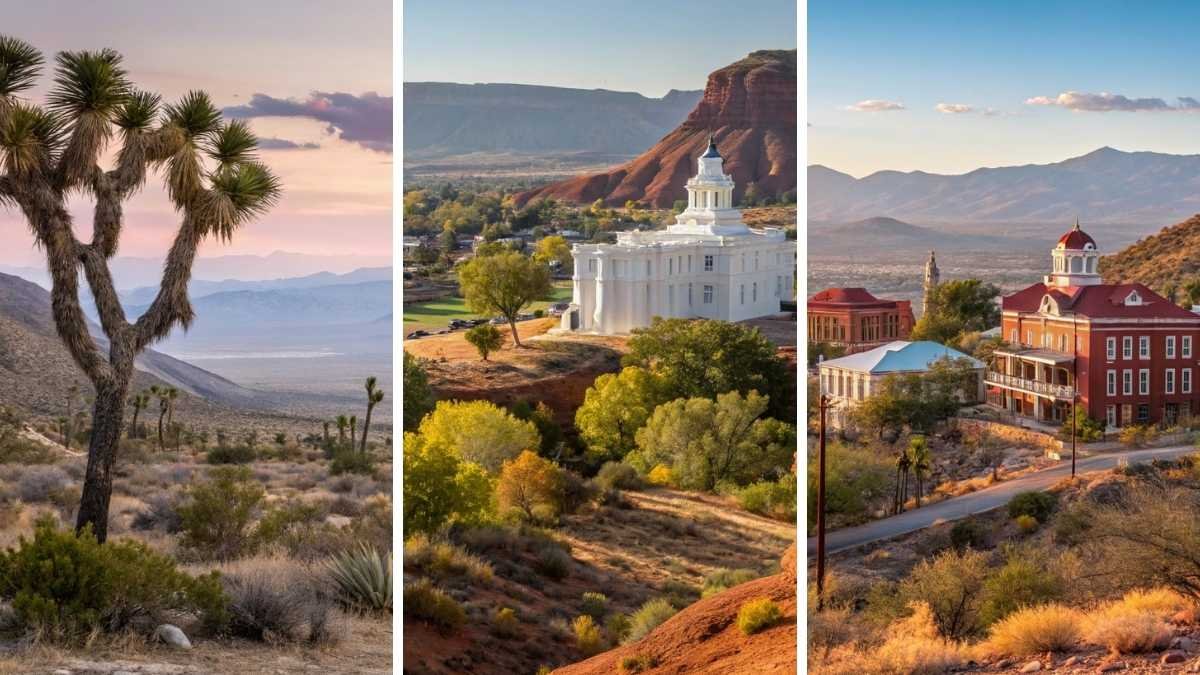
Some places feel like they were made for those of us who chase sunlight, trail dust, and quiet nights under open skies. If the idea of sipping campfire coffee in a T-shirt while the rest of the country shovels snow makes you grin, you’re in the right mindset.
This is for the ones who crave year-round warmth, epic hiking, and campsites that don’t break the bank. We’re talking less than $20 a night, no catch. Whether you’re full-timing in an RV or just need a reset in nature, these regions deliver the kind of freedom that’s hard to find—and even harder to forget.
1. Southern Arizona (Tucson to Bisbee Region)
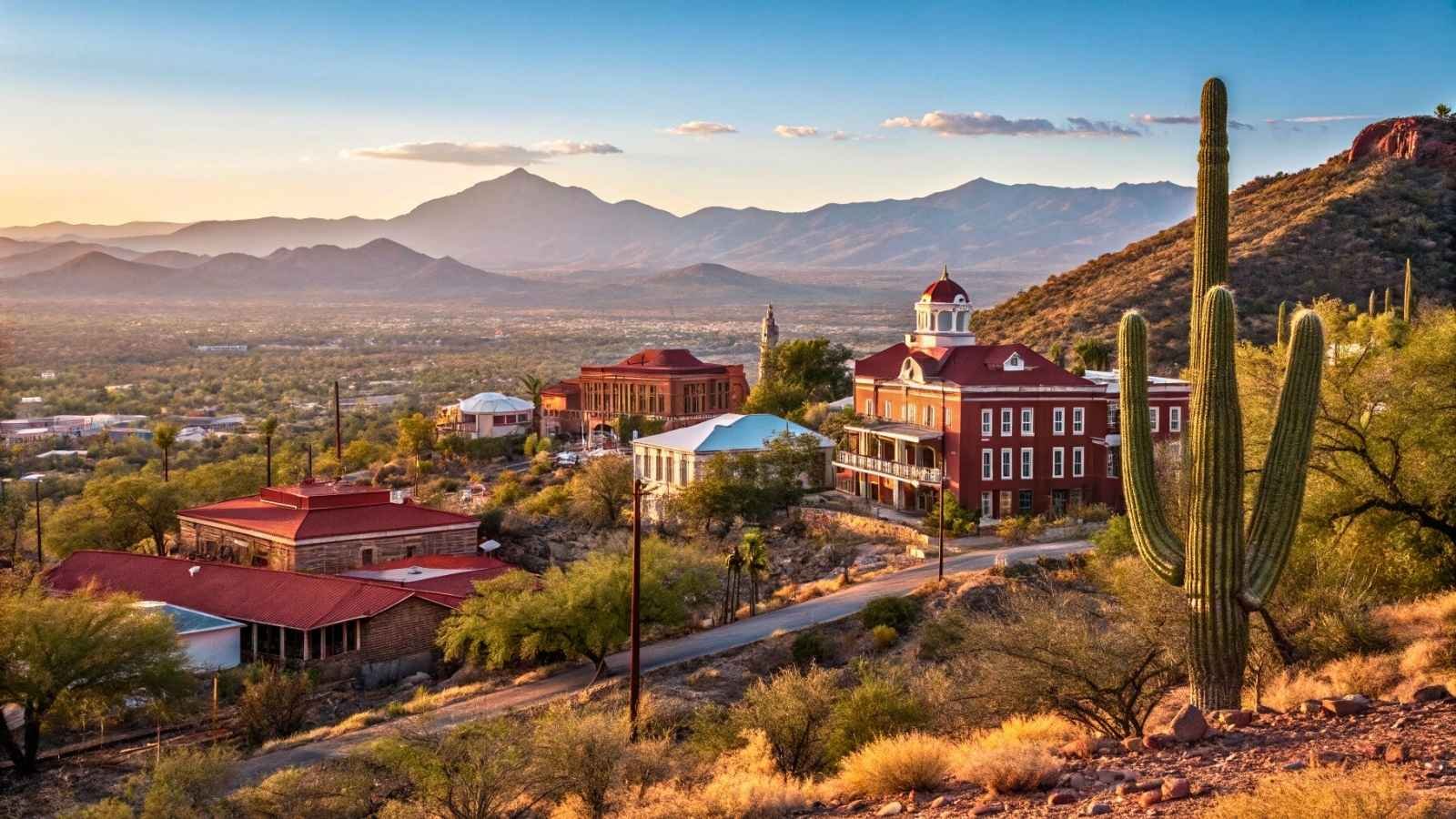
There’s something magnetic about Southern Arizona—maybe it’s the sunrises over saguaro-studded hills or the way the air smells after a desert rain. Tucson and the surrounding areas, including quirky Bisbee and peaceful Patagonia, serve up a blend of wide-open wilderness and Wild West charm. Saguaro National Park, Sabino Canyon, and the Arizona Trail all offer stunning desert hikes with mountain views that light up in fiery oranges and pinks by evening.
What makes this region a gem for campers? The abundance of public lands and BLM-managed sites, many of which are free or ask for a modest $10–$15 per night. The Coronado National Forest also offers shady, higher-elevation spots if you want to escape the heat while still staying budget-friendly.
There’s a real sense of space here. You can pull into a quiet dispersed campsite, brew coffee with a backdrop of the Santa Rita Mountains, and spend your day exploring dramatic canyons, petroglyph sites, and cactus forests—all without a crowd in sight.
Quick Details:
- Best Months to Visit: October through April (summers can be scorching)
- Top Hiking Spots: Sabino Canyon, Madera Canyon, Chiricahua National Monument
- Typical Camping Fees: $0–$15 for most dispersed or forest service sites
- Nearby Towns for Supplies: Tucson, Sierra Vista, Bisbee
- What Stands Out: Iconic Sonoran Desert landscapes, rich indigenous and mining history, dark sky areas for stargazing
2. Southern Utah (St. George and Surrounding Areas)
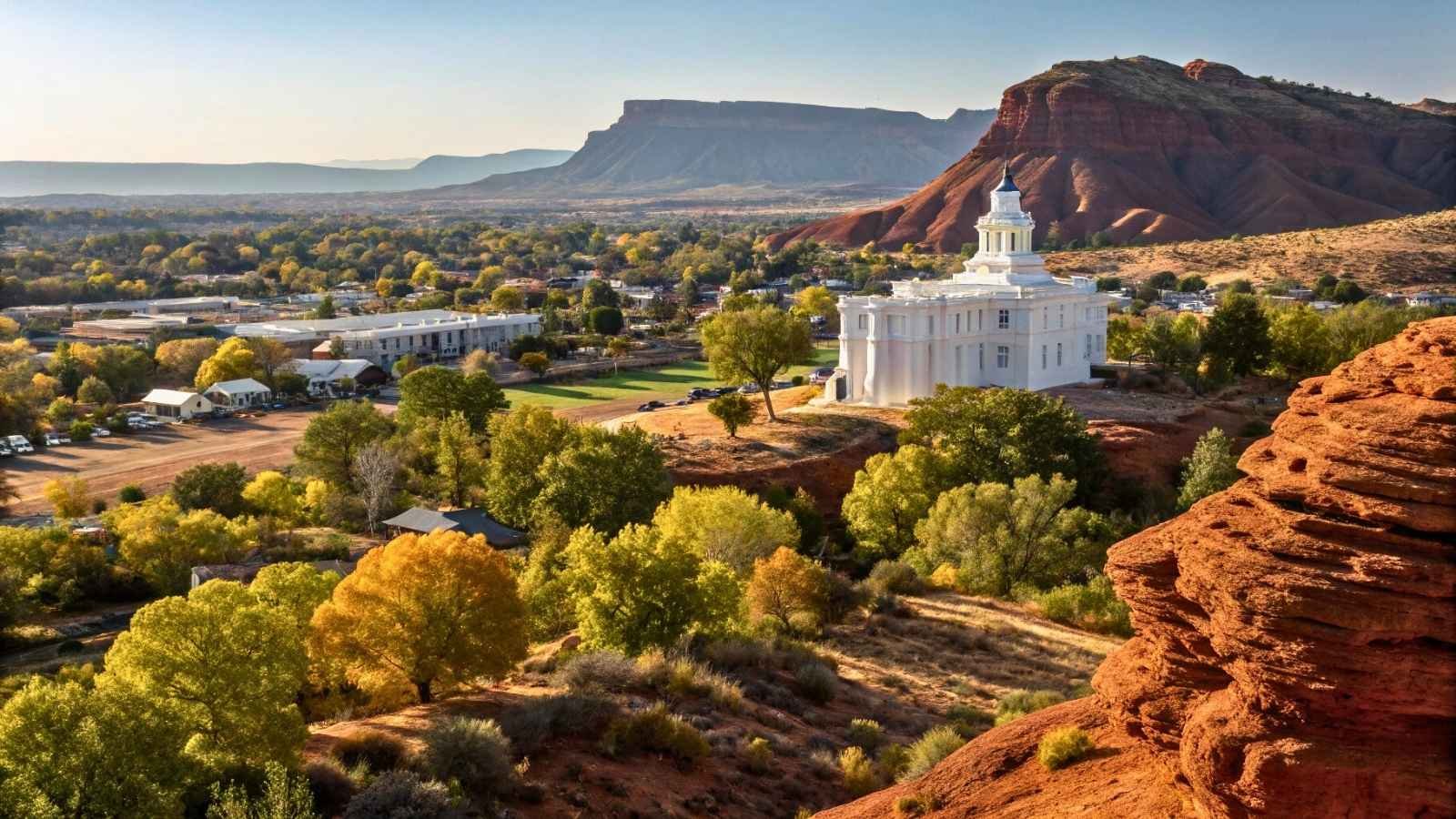
Southern Utah feels like a living postcard—red rock cliffs, winding slot canyons, and pastel-colored desert skies. The St. George area gives you easy access to a wonderland of public lands and some of the most epic hiking terrain in the country, all without the national park price tag if you play it right. Places like Snow Canyon State Park and Red Cliffs Desert Reserve deliver big scenery on a budget.
While Zion National Park sits nearby (with higher fees), you can camp just outside the park in BLM areas or lesser-known campgrounds for under $20, some even free. And the hikes? Think lava tubes, slickrock climbs, and hidden oases with hardly another soul around, especially in the shoulder seasons.
The sun is almost always shining here, and the dry air keeps bugs to a minimum. Plus, St. George itself has just enough amenities without losing its desert-town vibe.
Quick Details:
- Best Months to Visit: March–May and September–November
- Top Hiking Spots: Snow Canyon, Red Cliffs, Yant Flat, Kanarra Falls
- Typical Camping Fees: Free to $20 (plenty of free BLM land)
- Nearby Towns for Supplies: St. George, Hurricane, Leeds
- What Stands Out: World-class red rock landscapes, proximity to Zion, reliable desert sun
3. Eastern Sierra Nevada, California (Bishop to Lone Pine)
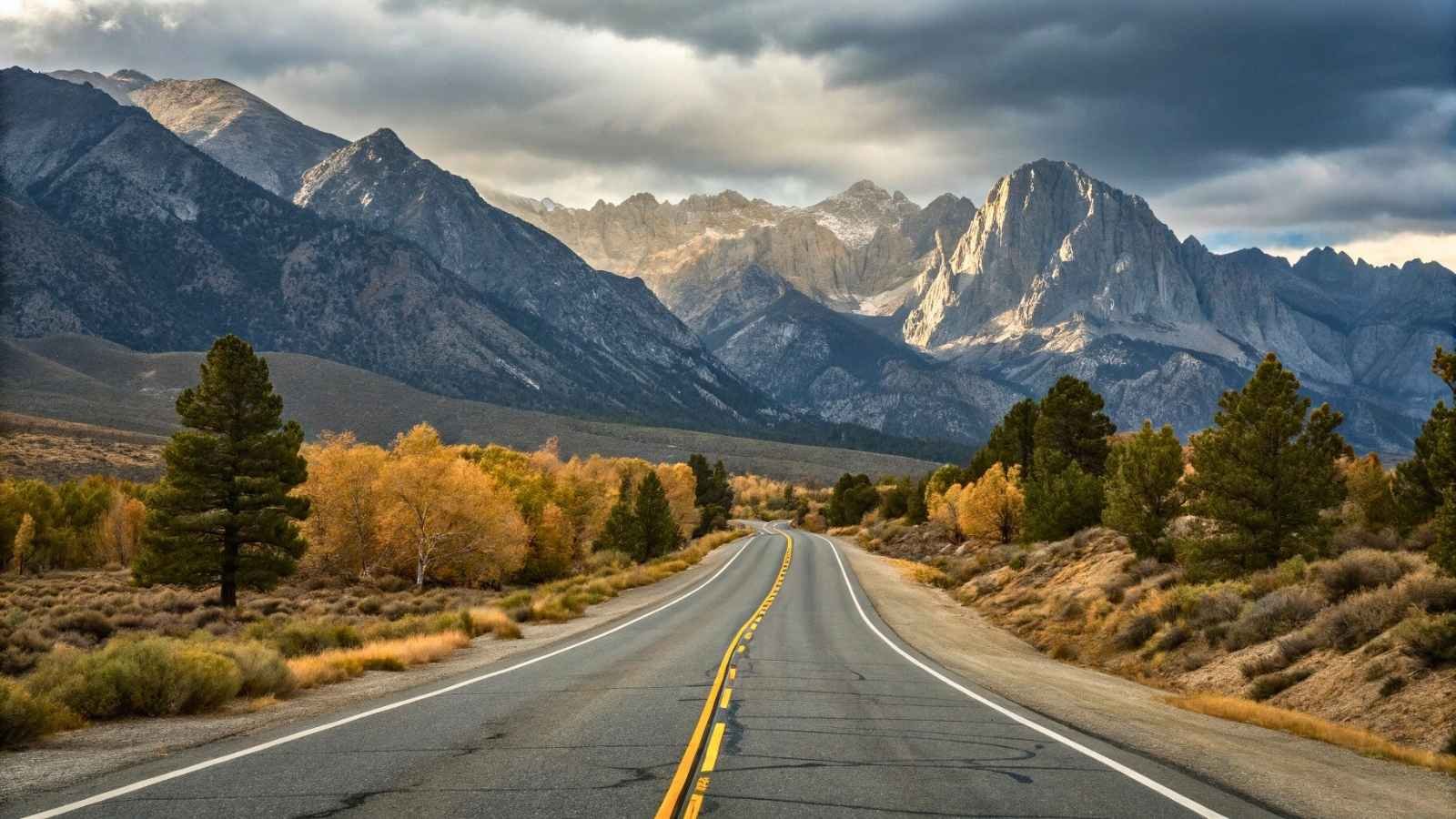
If you’re craving alpine views without the alpine price tag, the stretch from Bishop to Lone Pine delivers in spades. This lesser-touristed part of California’s Eastern Sierra offers towering granite peaks, glacier-fed lakes, and epic trails, including access to the John Muir Wilderness and parts of the Pacific Crest Trail. It’s big nature without the big crowds—or cost.
Campgrounds along Highway 395 are often first-come, first-served with fees under $20, and there are also vast areas of free dispersed camping on BLM land. You can start your day hiking near Mount Whitney or soaking in natural hot springs near Mammoth Lakes, and end it watching the alpenglow hit the Sierra Crest from your tent flap.
And the diversity? Incredible. Within a single day, you can hike through sagebrush lowlands, pine forests, and granite basins—all under a piercingly blue sky.
Quick Details:
- Best Months to Visit: May through October (winter brings heavy snow to higher elevations)
- Top Hiking Spots: Alabama Hills, Big Pine Lakes, Little Lakes Valley, Whitney Portal
- Typical Camping Fees: $10–$20 or free for dispersed camping
- Nearby Towns for Supplies: Bishop, Lone Pine, Big Pine
- What Stands Out: Snow-capped peaks with desert access, natural hot springs, wild trout streams
4. New Mexico’s Southwest Corner (Silver City to Gila Wilderness)

New Mexico doesn’t get nearly the attention it deserves, and that’s a good thing for campers. This part of the state offers a perfect blend of year-round sun, wild hiking, and affordability. Silver City is the gateway to the Gila National Forest, which boasts more than 3.3 million acres of wilderness, rivers, and rugged trails—including the birthplace of wilderness protection in the U.S.
The Gila Cliff Dwellings, ancient Mogollon sites, and the hiker-beloved Gila River Trail are highlights, and you’ll often have the trail to yourself. Camping fees in the area are astonishingly low, often $10 or less, and many dispersed camping options are free.
What adds magic here is the mix of high desert, ponderosa pines, and river-carved canyons, all under skies so clear you’ll see the Milky Way every night.
Quick Details:
- Best Months to Visit: March–June and September–November
- Top Hiking Spots: Gila River Trail, Middle Fork, Gila Cliff Dwellings area
- Typical Camping Fees: $0–$10 for dispersed or national forest sites
- Nearby Towns for Supplies: Silver City, Pinos Altos
- What Stands Out: Remote feel, hot springs hikes, low camping density
5. West Texas (Big Bend Region)

West Texas doesn’t whisper; it echoes. And Big Bend is its loudest, most awe-inspiring voice. Towering desert cliffs, wide stretches of solitude, and surprisingly lush river canyons make this a camper’s dream—and you can score a site in the area for as low as $14/night within the park, or free on surrounding BLM lands.
Hiking ranges from easy desert strolls to rugged canyon scrambles, with the bonus of seeing wildlife like javelinas and roadrunners in the wild. The Chisos Mountains even let you hike among pine trees—in the middle of the desert. And don’t miss a soak in the natural hot springs along the Rio Grande.
Despite its remoteness (or maybe because of it), this region has a special soul-stirring quality. The kind of place where time slows down and stars steal the show every night.
Quick Details:
- Best Months to Visit: October through April
- Top Hiking Spots: Lost Mine Trail, Santa Elena Canyon, The Window, Boquillas Hot Springs
- Typical Camping Fees: $0–$14 (park campgrounds and BLM options)
- Nearby Towns for Supplies: Terlingua, Marathon, Alpine
- What Stands Out: Raw desert beauty, hiking variety, unbeatable stargazing
6. Southern Nevada (Pahrump to Lake Mead)
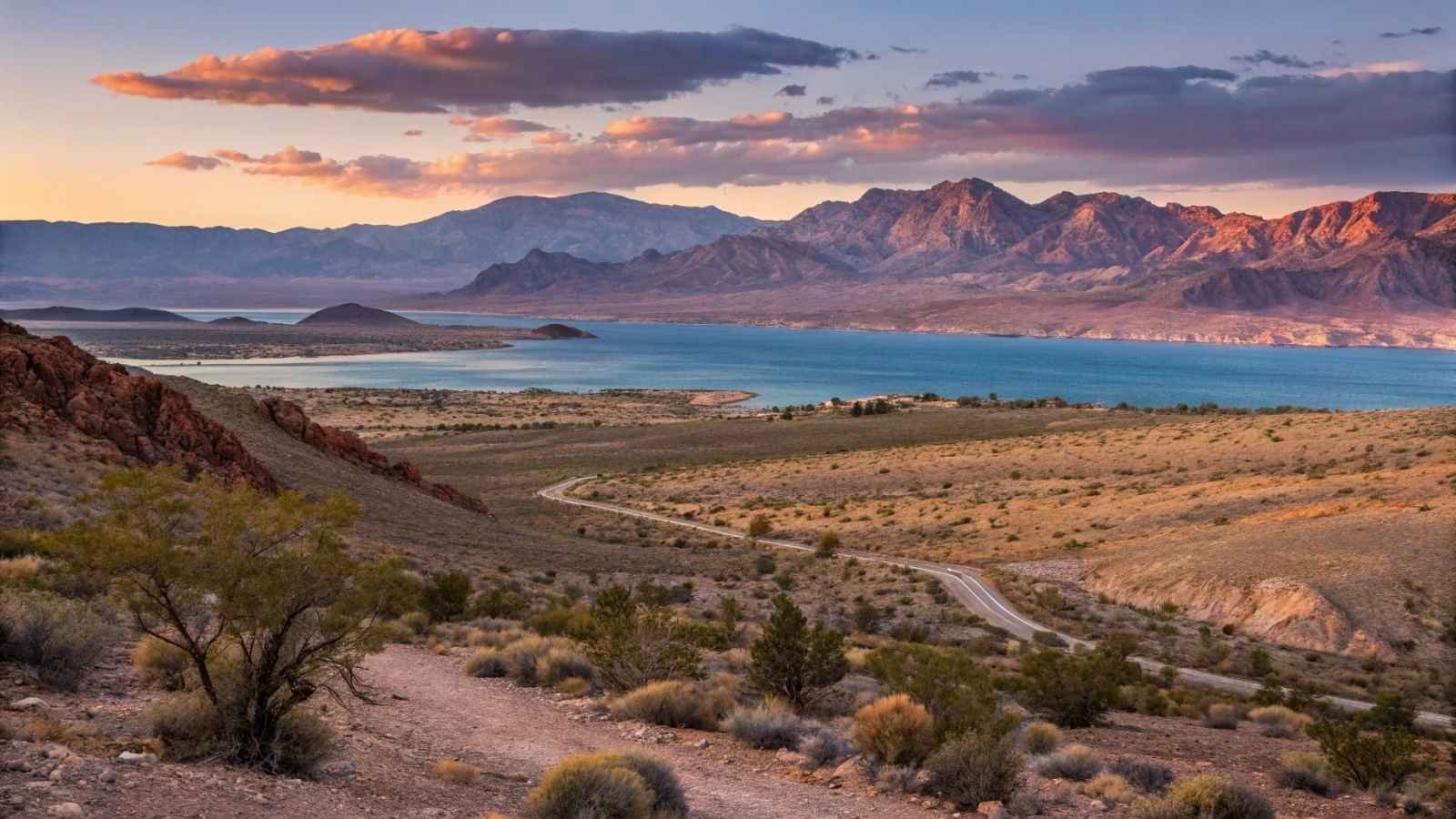
When most folks think of Nevada, their minds jump straight to the neon glow of Las Vegas. But just beyond the city’s edge lies a landscape sculpted by wind, heat, and time, full of color and solitude that feels worlds apart from the Strip. Southern Nevada, especially between Pahrump and Lake Mead, offers wide-open desert expanses, dramatic red rock formations, and hiking trails where you can walk for hours and barely cross paths with anyone.
Valley of Fire State Park, with its fiery sandstone arches and ancient petroglyphs, is a standout—but for budget-conscious campers, the surrounding BLM land and lesser-known areas offer incredible bang for your buck, often completely free. Even the paid campgrounds hover under the $20 mark. This region is tailor-made for self-sufficient travelers who enjoy peaceful desert sunsets, unique geology, and surprisingly diverse wildlife.
What hooks people here is the contrast: you could be soaking in the stillness of the Mojave, then pop into town for a meal or resupply without skipping a beat.
Quick Details:
- Best Months to Visit: November through March (summers can be extreme)
- Top Hiking Spots: Valley of Fire, Goldstrike Canyon, Lake Mead shoreline trails
- Typical Camping Fees: Free to $20, depending on location
- Nearby Towns for Supplies: Pahrump, Boulder City, Las Vegas (for full services)
- What Stands Out: Dramatic rock formations, proximity to amenities, easy access to remote peace
7. Inland Southern California (Anza-Borrego to Joshua Tree Outskirts)
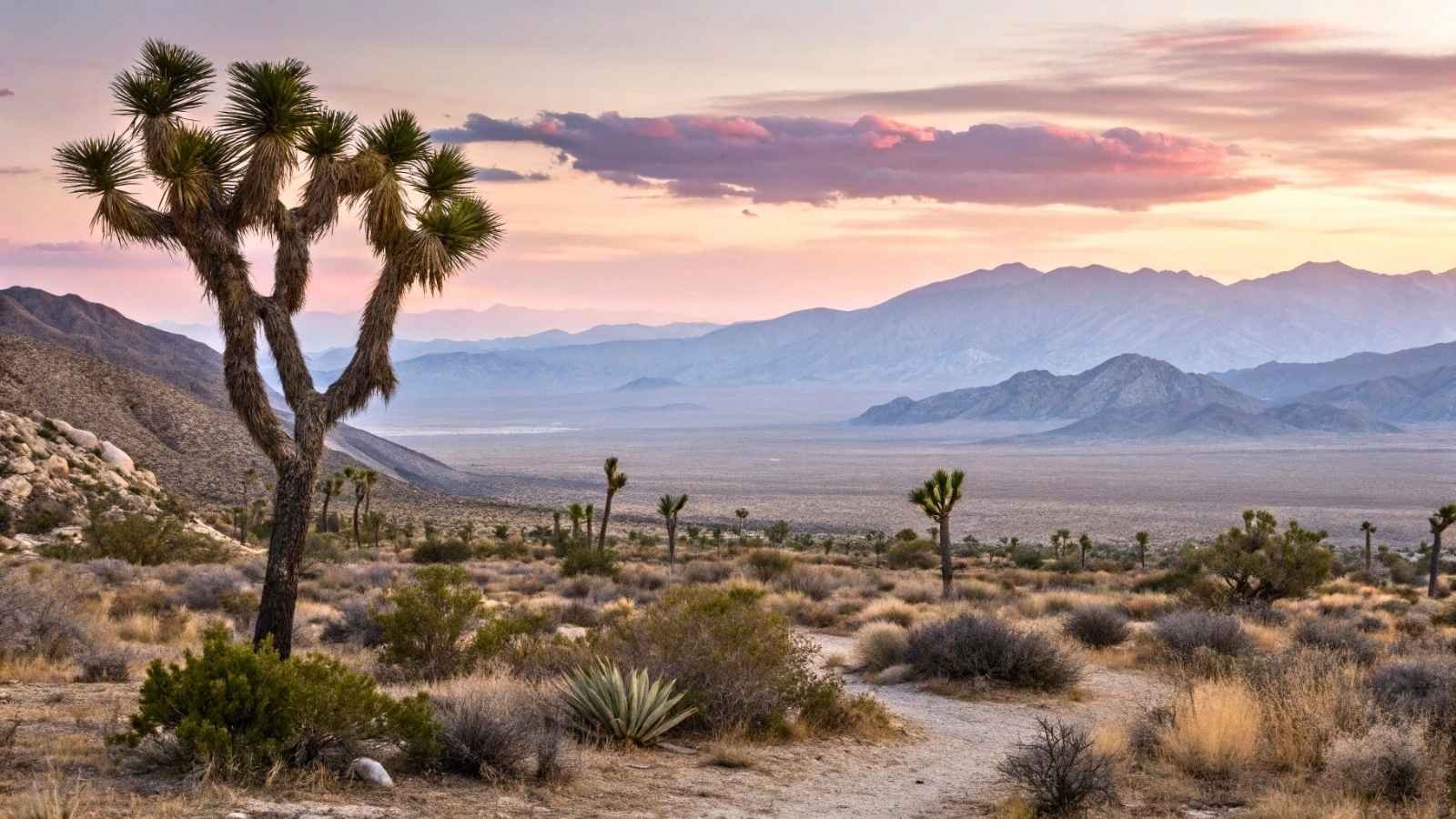
If there’s a corner of California that still feels raw, untamed, and surprisingly affordable, it’s the inland desert stretch between Anza-Borrego Desert State Park and the edges of Joshua Tree. This region is made for the kind of camper who doesn’t mind a little dust on their boots and a whole lot of sky overhead. It’s where desert wildflowers bloom after winter rains, bighorn sheep cling to rocky cliffs, and free camping is still alive and well on surrounding BLM land.
While Joshua Tree’s main campgrounds can get pricey and crowded, just outside the park boundary, you’ll find plenty of dispersed sites with sweeping views and zero fees. Further south, Anza-Borrego boasts over 600,000 acres of desert solitude, slot canyons, and volcanic formations, with cheap or free camping options scattered throughout.
There’s a rough beauty here. It’s not polished, but that’s part of its charm—vast silence, otherworldly terrain, and plenty of room to breathe. And if you time it right? The night sky can rival any planetarium.
Quick Details:
- Best Months to Visit: Late October to early April
- Top Hiking Spots: Borrego Palm Canyon, The Slot (Anza-Borrego), Ryan Mountain (near JTNP), Pioneertown Mountains Preserve
- Typical Camping Fees: $0–$20 (especially in BLM and state park zones)
- Nearby Towns for Supplies: Borrego Springs, Yucca Valley, Twentynine Palms
- What Stands Out: Free camping near iconic parks, blooming desert trails, endless views






